That said, every map clearly has its purpose; it's just that some of them will inevitably be more fun to run or play on. They're the perfect thing to support the DMG's new premade one shot campaigns, or even to take a little burden off the DM's shoulders during a long-running custom game. Here's how each map compares to the others.
15 D&D's Ship Map Is Small & Specific
Only Useful In Certain Campaigns

The least useful map in the new DMG is the one simply called "Ship." The most that can be said about it is that it delivers what it promises, featuring a simple, two-deck ship complete with mounted weapons, a captain's quarters, and lifeboats. Admittedly, this can be really cool in certain scenarios; DMs can use it to simulate the party boarding an enemy vessel, finding a wreck full of treasure, or evacuating a sinking ship.
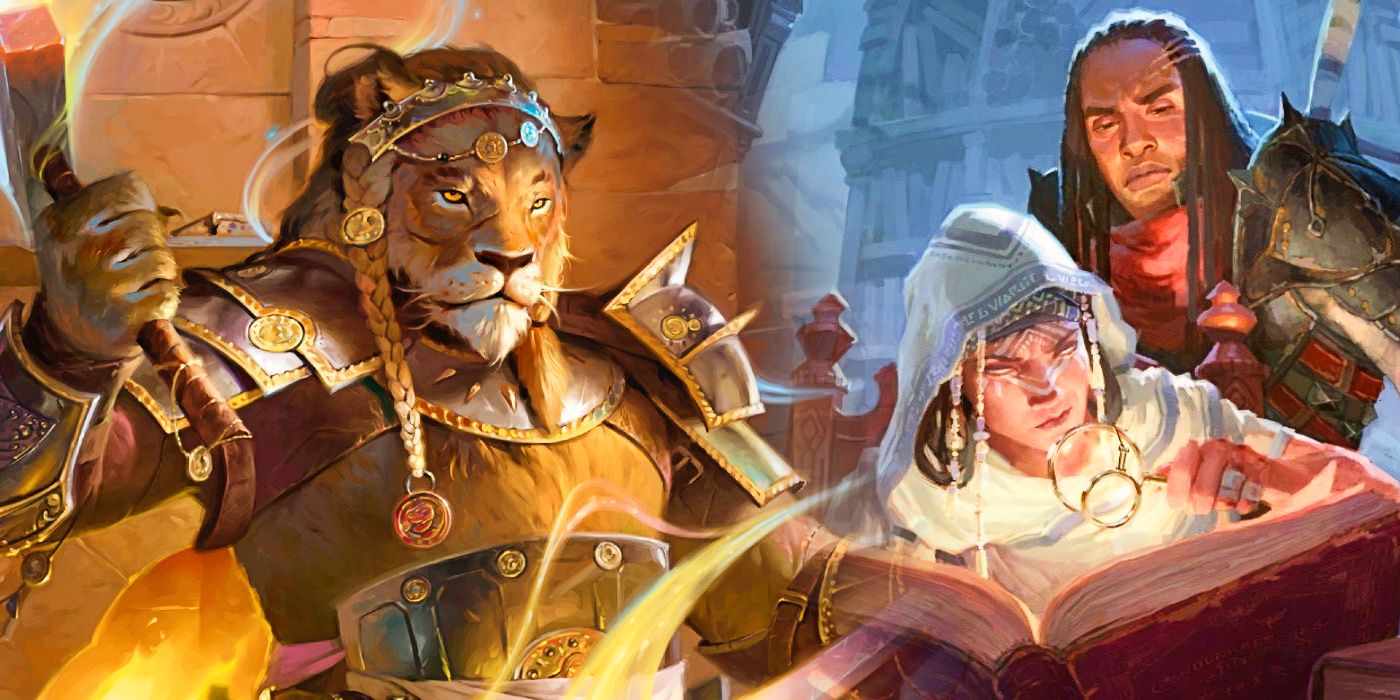
Related
D&D How Crafting Works In The 2024 DM's Guide
D&D’s new Dungeon Master’s Guide outlines new rules for crafting, changing how players create their own items from the magical to the mundane.
However, the Ship map is just too specific for its own good. It's a simple, small, two-masted vessel, with not a lot of room to expand or explore. It works well for what it is, but can never be anything more.
14 The Caravan Encampment Is Overly Simple
A Tiny Tent City
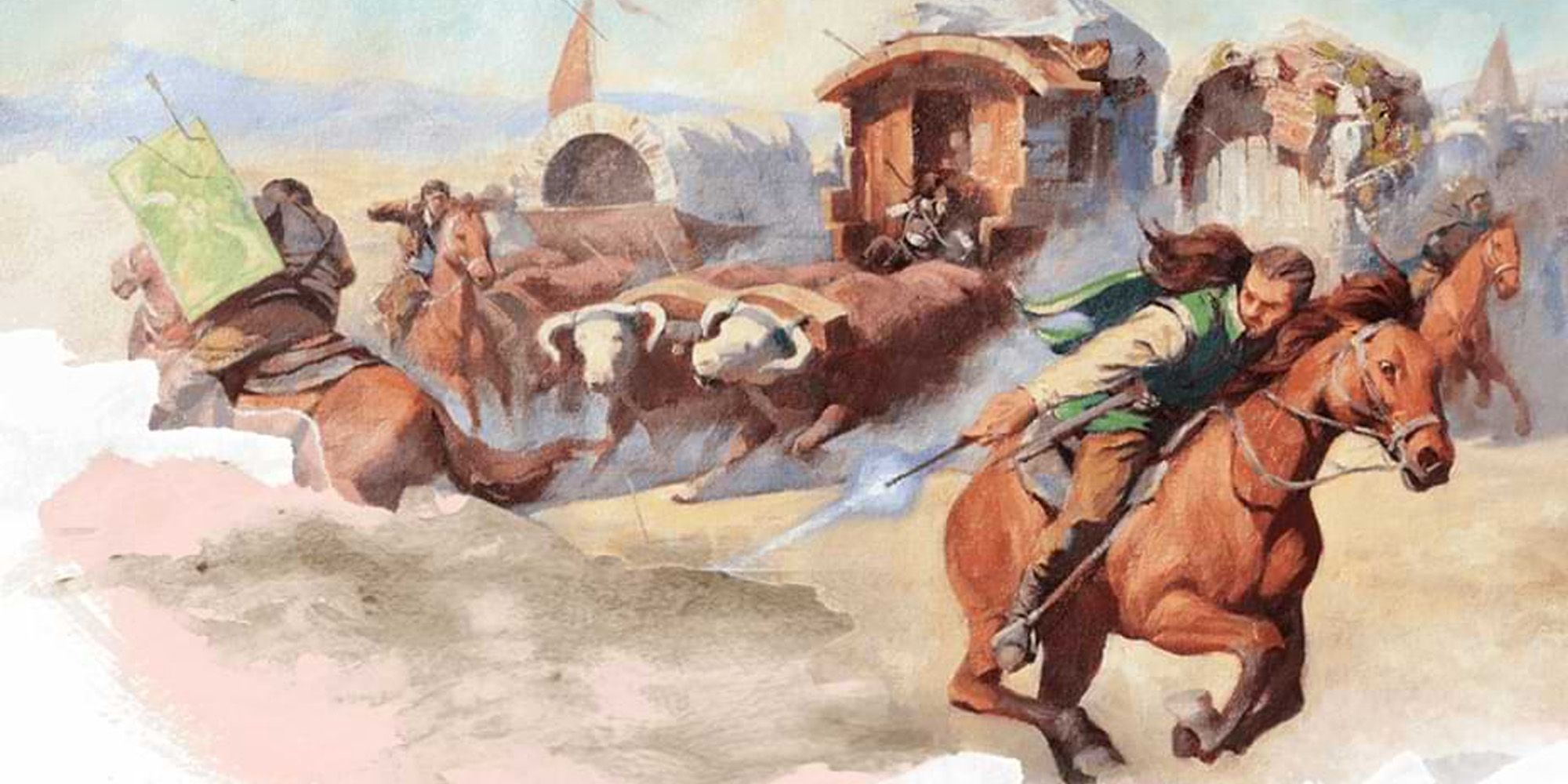
In a similar vein, the Caravan Encampment map is small and sparsely featured. It consists of five unhitched wagons surrounding a central campfire, evoking the image of a well-earned rest at the end of a long day. It also includes a small, grassy nook with table and chair, and an entrance to a nearby road, but that's all.
The resource management and varied nature inherent to caravan campaigns can be really cool, but ultimately, this map is a little too simple to be of much use. If the player party needs to protect (or raid) a caravan at some point, it makes an excellent staging ground for the ensuing battle. But beyond that, there's little to explore here.
13 The Dragon's Lair Is Overly Specific
Too Clearly Defined
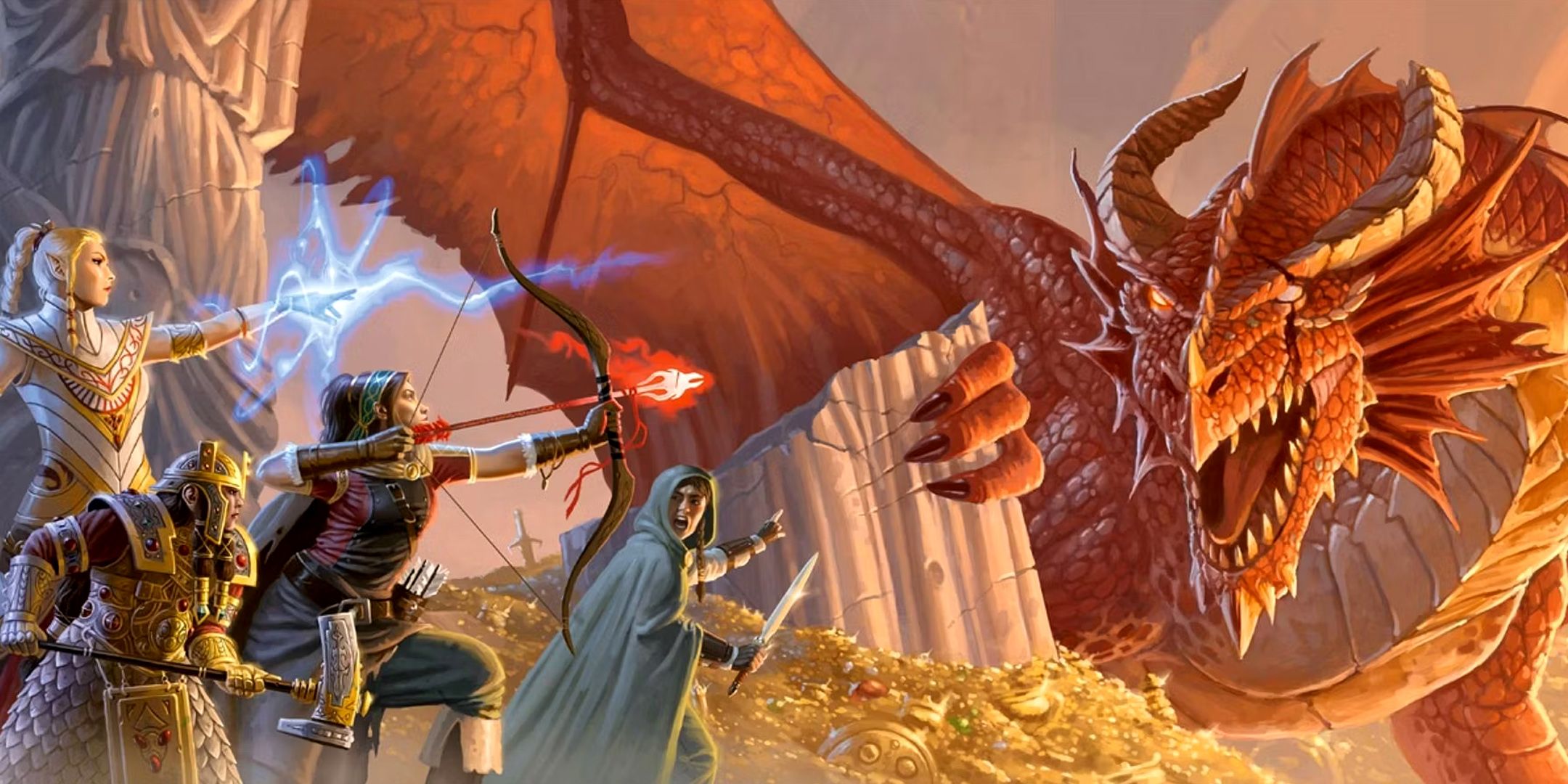
The Dragon's Lair map is a little bigger, with three different floors - each one of them albeit pretty small. The first consists of what's clearly a landing platform/roost. Beneath that are a few small rooms that appear to be designed for human lodgings, perhaps worshipers or riders of the dragon. The third and final room is large, empty, and cavernous, clearly intended to be either the dragon's hoard or some kind of altar.
The issue is that each of these rooms has too clear a function. It's hard to justify using this map for anything else, and that limits its usefulness.
12 The Wizard's Tower Is Overly Simple
But It Has Potential
Running a Wizard's Tower session can be a lot of fun. There's a ton of potential for DMs to pepper in weird magic items, bizarre occult tomes, and deadly arcane traps, and snicker gleefully as the player falls prey to all their tricks. There's a Wizard's Tower map in the new DMG for players to use, but on its own, it's a little too simple to do a DM much good.
The Wizard's Tower consists of five simple, small, circular floors, few of which have any unique features. There's also a small basement area that can serve as a dungeon, bedroom, or secret chamber - whatever the DM likes. There's a little to work with here, but the Wizard's Tower isn't anything even a beginner DM couldn't create with some free mapping software and a spare hour.
11 The Underdark Warren Needed To Be Bigger
Unrealized Potential
The Underdark Warren map could've been so much more. Ostensibly a tunnel system existing beneath the wider world of Faerûn, it consists entirely of narrow corridors that often cross paths. Unfortunately, it's rendered at such a large scale that just a few short passageways take up the entire page. There are no big, cavernous rooms or unique features; players will almost certainly be able to explore the entire thing in a matter of minutes.
The Underdark Warren is too easy to navigate, and doesn't provide enough room for DMs to build out something interesting. It definitely has its uses, but none of them are terribly exciting.
10 The Farmstead Map Is Simple, Yet Effective
Defensive Strategies
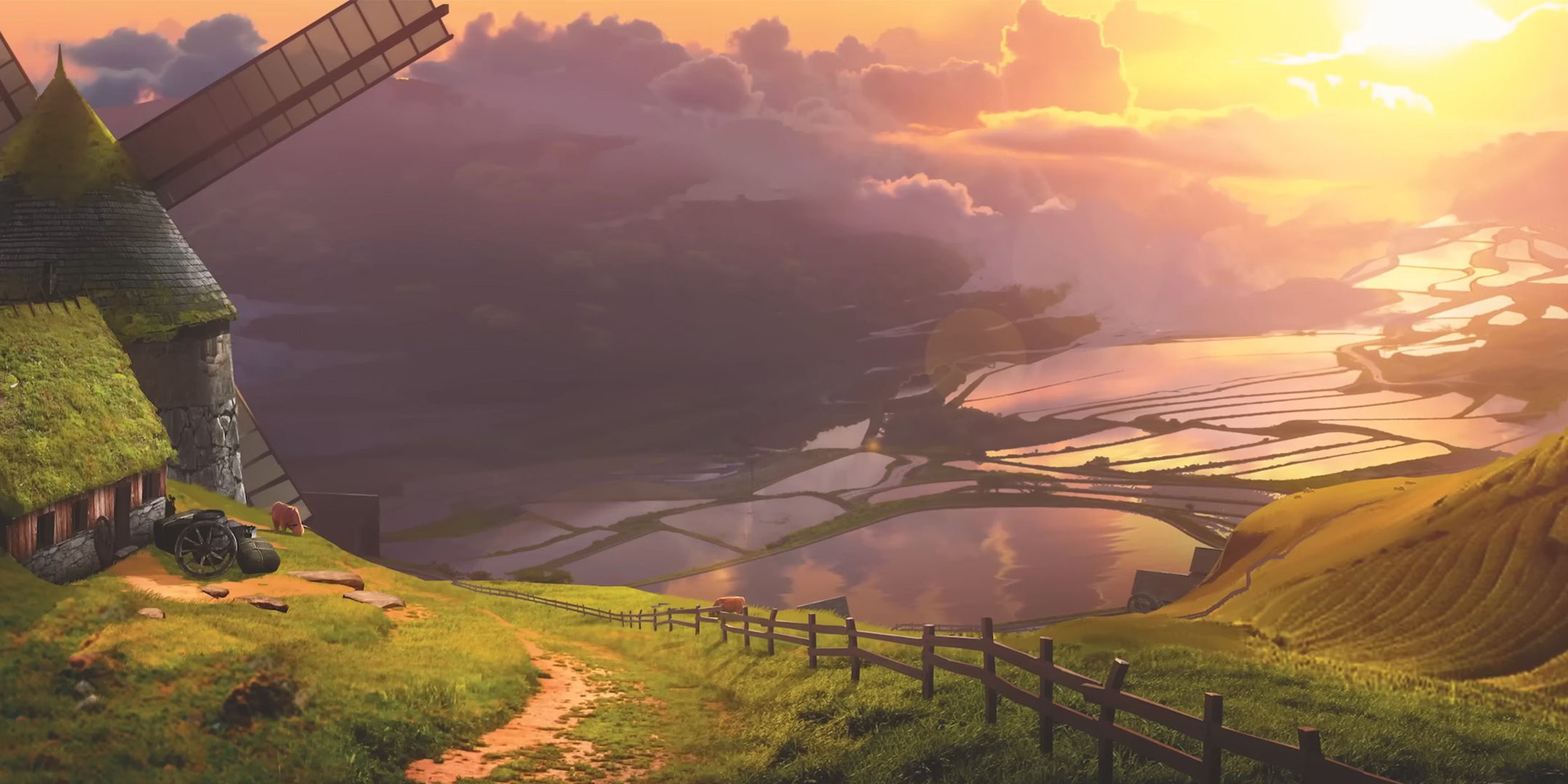
The Farmstead map is decidedly larger than some of the previous entries on this list, but it mostly consists of empty space. There's a small, three-room farmhouse, a midsize shed, and a large barn/stable, plus a grain silo and a handful of rolling fields. And that's all there is to it, making this map highly specialized.
That said, there's some potential here for an interesting, strategic battle. Say the players need to protect (or even destroy) a settlement's supply of food - this farm gives them the perfect battlegrounds. They'll have to place their characters thoughtfully in order to accomplish their goal.
9 The Roadside Inn Has Plenty To Explore
Staying Inn
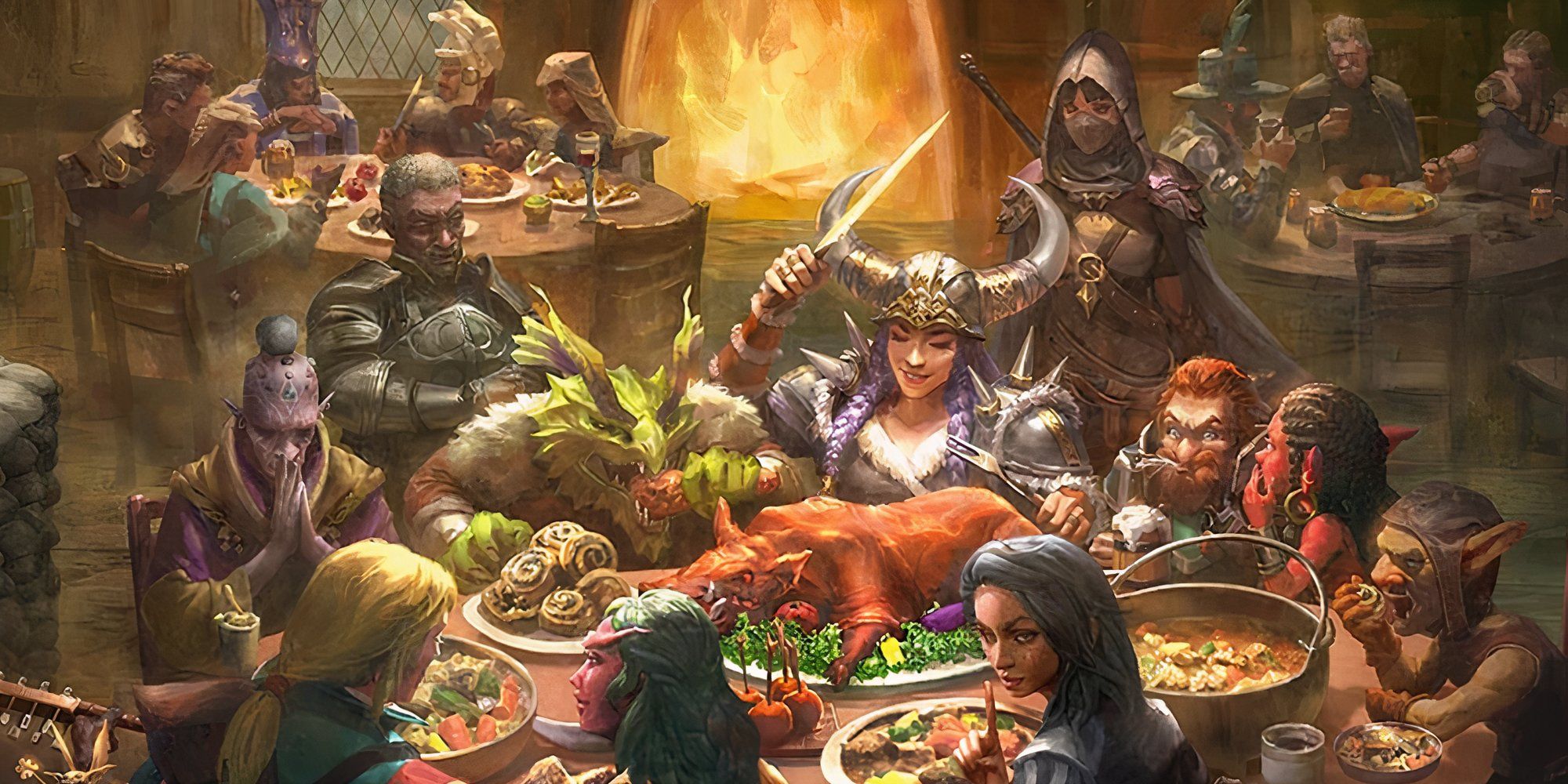
The Roadside Inn is another map similarly dominated by barren space; the majority of it is taken up by the titular road, while the actual structure is shoved into a corner. However, there's a lot that can be done even in this small space. There's a small tavern downstairs, which is perfect for staging bar fights or exposition sessions. There's a private back room, a large kitchen, and a pantry. Upstairs, players will find a variety of small rooms, ideal for a night's rest or a little snooping.
This map is perfectly fine - there's just not a lot more that can be done with it. However, inns are a pretty prevalent part of almost any DnD setting, so it's possible to work it into a variety of different campaigns.
8 The Barrow Crypt Is Great For Beginning Adventurers
Baby's First Dungeon
The Barrow Crypt map is excellent for an early-game dungeon. It's relatively small, but not so small that players can clear out the entire thing in just a few minutes. It has a few winding paths, but everything's so well-connected that it's nearly impossible to get lost. It contains rooms of various shapes and sizes, so a DM can slot almost anything in anywhere, to fit any kind of campaign.
Ultimately, it seems like the Barrow Crypt was designed with new DMs or inexperienced players in mind; it's even the first one in the Maps section of the DMG. Even so, it's flexible enough that it can be used at almost any point in a campaign - technically, it doesn't even have to be a crypt.
7 The Volcanic Caves Are Huge
The Floor Is Lava
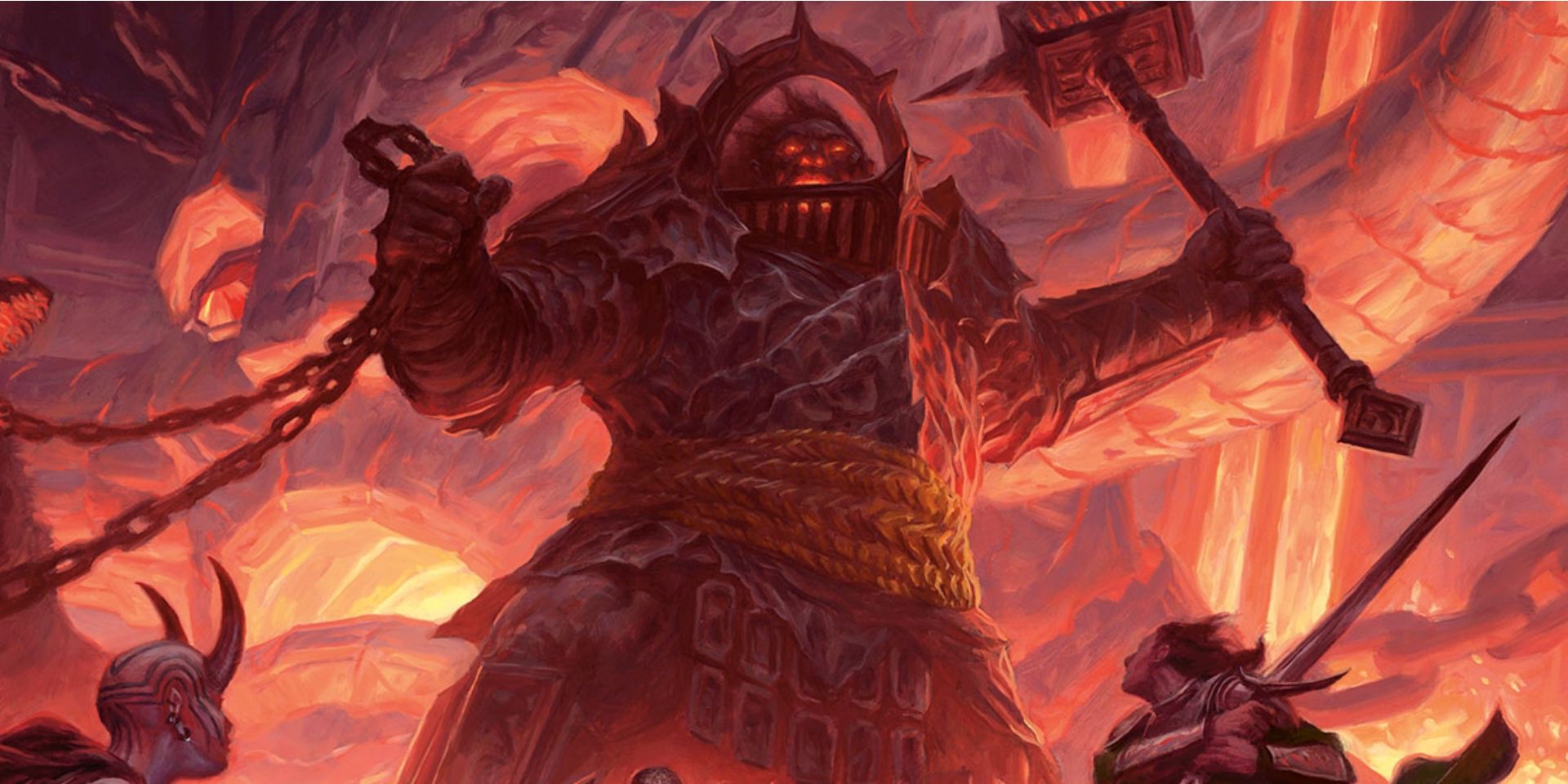
The first thing most players will notice about DnD's new Volcanic Caves map is how huge it is. It's an absolutely sprawling map, and almost every inch of the page is used. It consists of labyrinthine passages that loop back in on one another, and narrow corridors that suddenly open up into cavernous rooms. The only bad thing about it is that it's unmistakably a volcanic cave; it's certainly not passing for a necromancer's lair.
The Volcanic Cave also has a unique feature: a few of its rooms can only be accessed by crossing over lava. All the DM has to do is put some juicy treasure on the other side, and they've created an instant puzzle.
6 The Keep Is Tough, But Rewarding
An Impenetrable Fortress
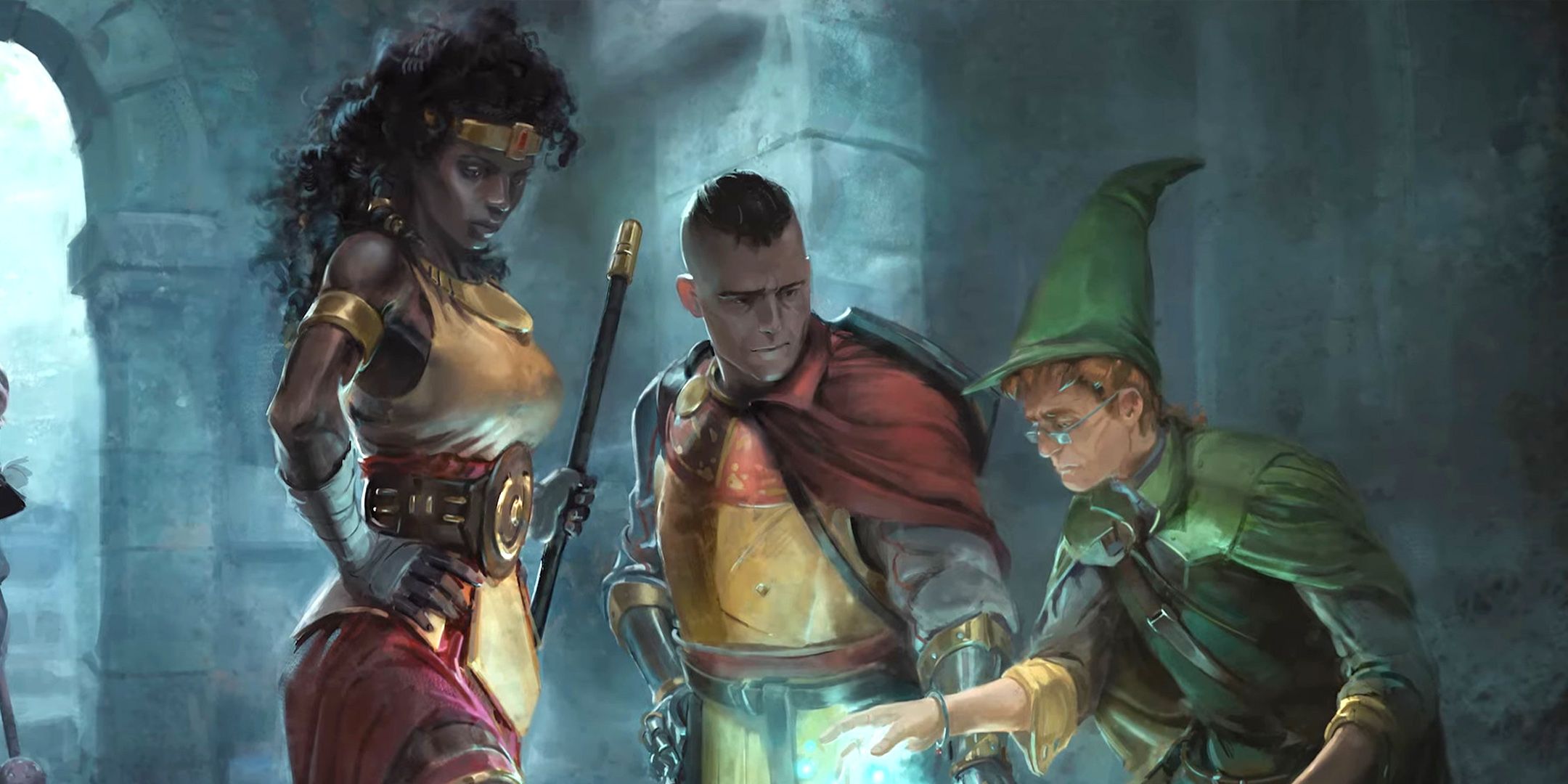
The Keep is also pretty large, but a lot more spread out; it consists of seven different floors, each of a different size, spread out throughout a sprawling fortress. Almost every floor is only accessible from a single entry point, which makes exploration difficult. Ideally, a DM will want to concoct something interesting in each of these side rooms, to incentivize curiosity.
The linearity of the Keep map is rife with opportunities for unique enemy and trap placement. Alternatively, it could be a great way to incorporate DnD's new Bastion mechanic; have the party clear it out, then take it over.
5 The Crossroads Village Is Rife With Opportunity
Places To Go, People To See
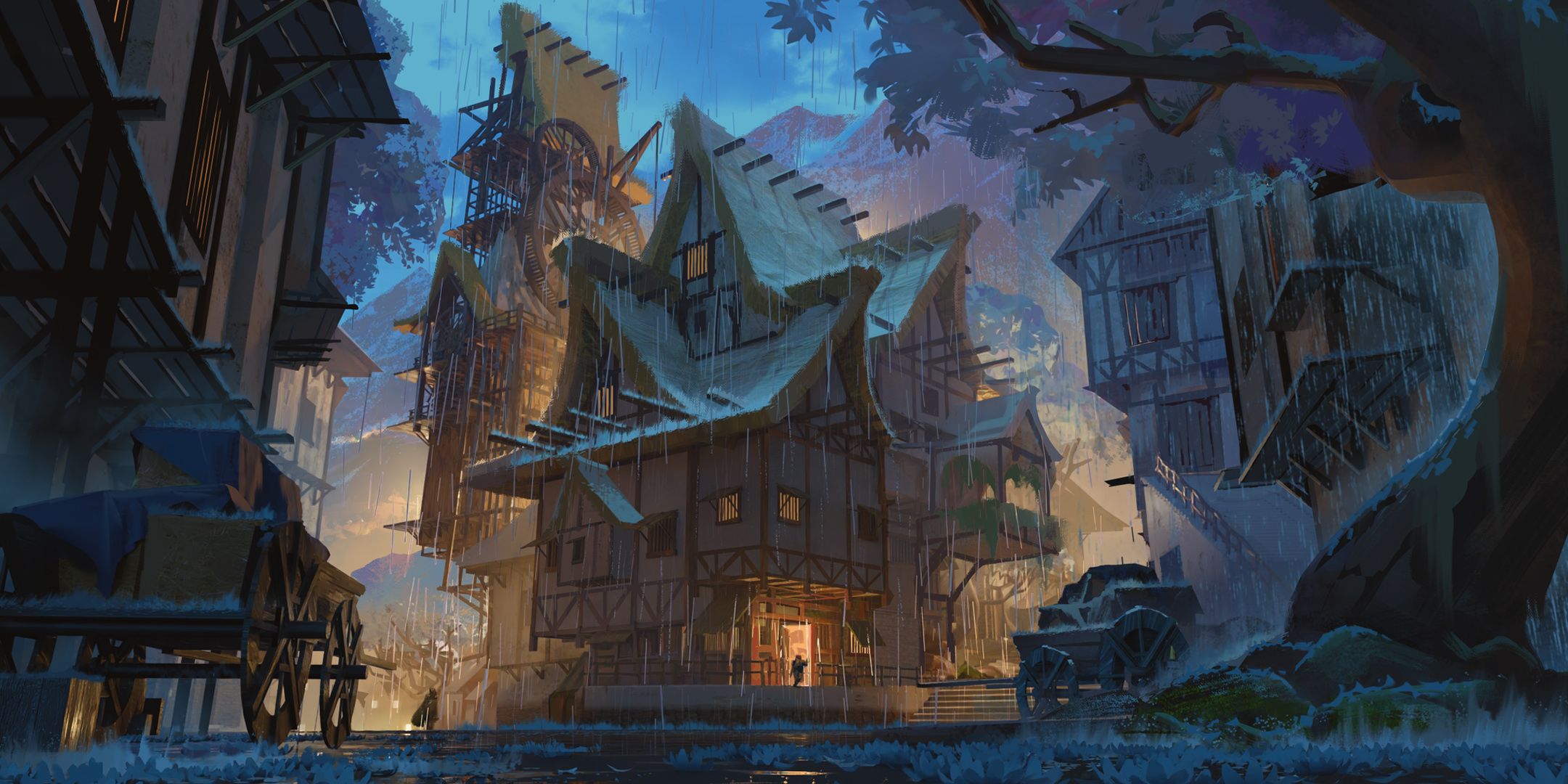
Don't be fooled by the name: DnD's Crossroads Village map is plenty lively. This isn't a sleepy little town; it's a bustling village replete with all manner of homes, businesses, and resources. It makes an excellent starting area for a new campaign, or a waypoint on a longer journey. The buildings, and the river that runs between them, can create challenging strategic obstacles, or targets for exploration if the players need to find a particular object or NPC.
Ultimately, there's a lot that can be done with the Crossroads Village. It's unfortunate that this is the only real settlement map included in the new DMG, but at least it prioritizes quality over quantity.
4 The Spooky House Map Can Be A Lot Of Fun
Tricks & Treats

This map has everything a DM needs to build a classic haunted house: secret rooms, a hidden cellar, out-of-tune pianos, an overgrown courtyard, and much more. It does, however, leave a lot to the DM's imagination; it's up to them to fill it with ghosts and ghouls, to decide how to trigger its traps and unveil its secrets.
Frankly, this map is pretty specifically themed, which does limit its flexibility slightly. But it's so much fun for what it is that it's hard to complain. Every campaign needs a good haunted house session, and the DMG provides the perfect framework with this map.
3 It's Easy To Get Lost In The Mine
Twists & Turns
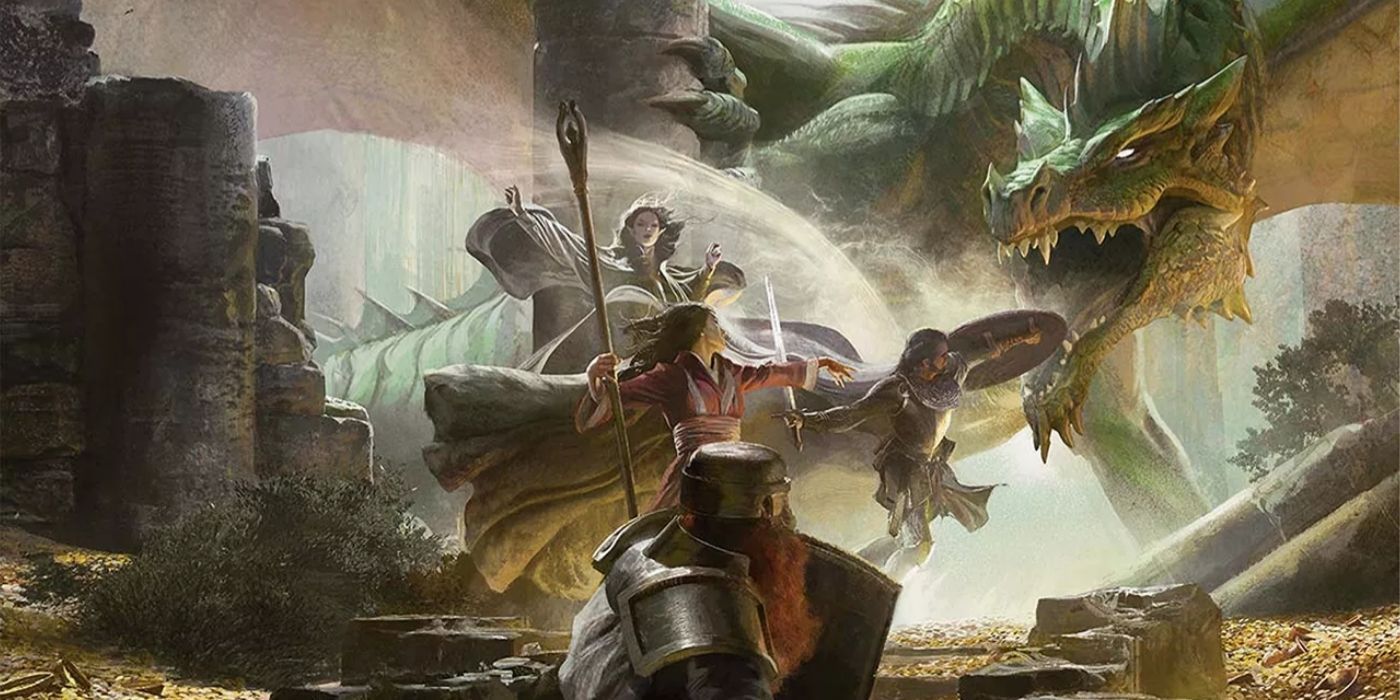
This map, simply called Mines, is designed for players to get lost in. It's full of dead ends, confusing passageways, floors with multiple entrances, and every manner of twist and turn. The brilliant thing about the Mines is that the map is its own puzzle.
Players may explore it with some idea of what they're looking for, or go in completely blind; either way, they're bound to get turned around somewhere, and let their curiosity get the better of them. Line its rooms with loot and secrets, and turn a party loose in this one, and they're sure to have a great time as they wander its halls.
2 The Manor Is Fully Featured
An Old-School Dungeon
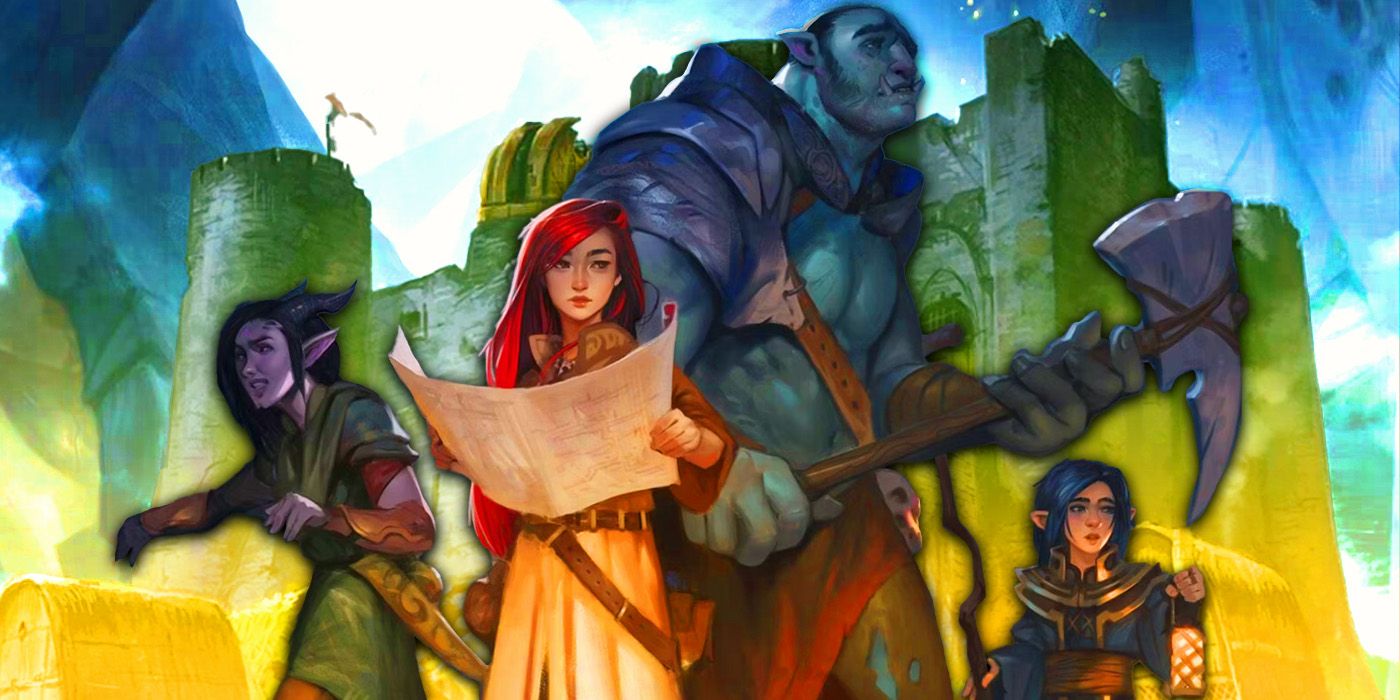 Custom Image by Katarina Cimbaljevic.
Custom Image by Katarina Cimbaljevic. The DMG's new Manor map is the perfect setting for a classic, multi-stage dungeon. It consists of a series of small, interconnected bedrooms, dining rooms, and sitting rooms. Players may have to find a key in one room to solve a puzzle in another to access a hidden passageway in a third, eventually winding their way up the massive, five-story tower to confront the boss.
The Manor can also be used in a variety of scenarios: maybe the party has to infiltrate it during a party, or sneak in while the big bad is out of town. It can be the home of an ancient vampire or a powerful lord. It's a great alternative choice for a player Bastion, too.
1 The Dungeon Hideout Is Incredibly Flexible
D&D's Best New Map
As its name implies, the Dungeon Hideout map is so nonspecific that it could be literally anything: a bandit hideout, a hidden dungeon, an abandoned mine, et cetera. It's mostly composed of small rooms in sequence, but each of these can be adapted to fit almost any theme.
This map also has a few cool, unique features that offer lots for a DM to play with. Its surface level is divided into two parts, separated by a river; it has a secret entrance/exit on the first floor down; and there's a large, central room that's great for a big setpiece or massive battle. Its flexibility and distinctiveness make the Dungeon Hideout the best map in the new Dungeons & Dragons sourcebooks.






:quality(85):upscale()/2023/03/13/840/n/1922794/a144765f640f75218ce2b5.24945169_.webp)
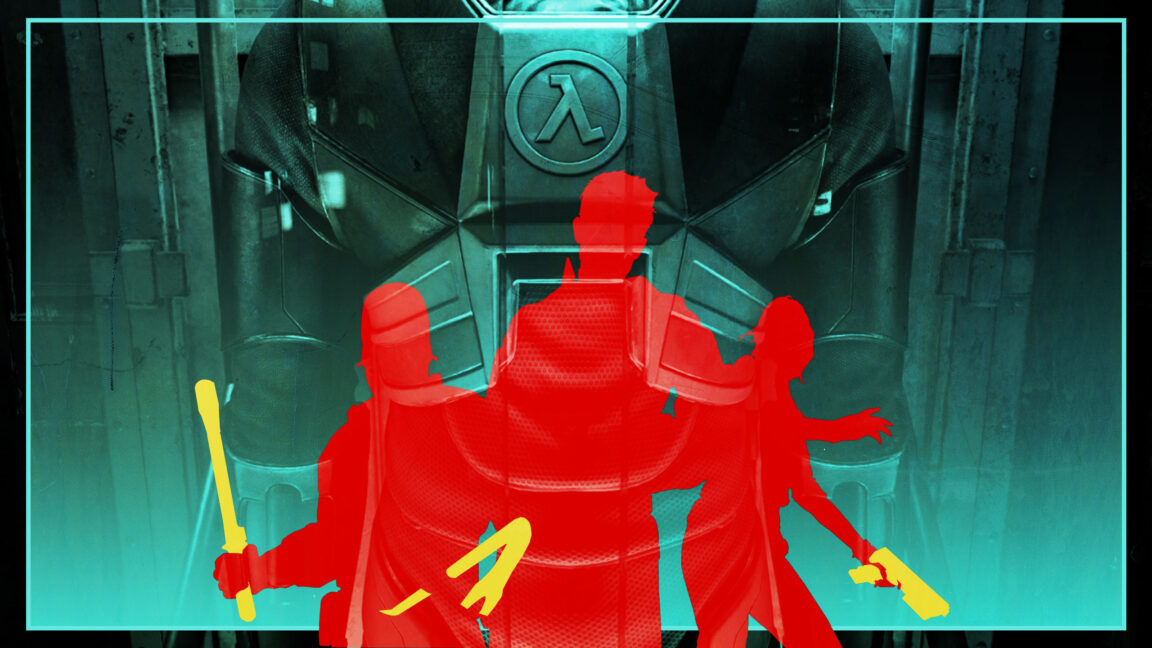

 English (US) ·
English (US) ·